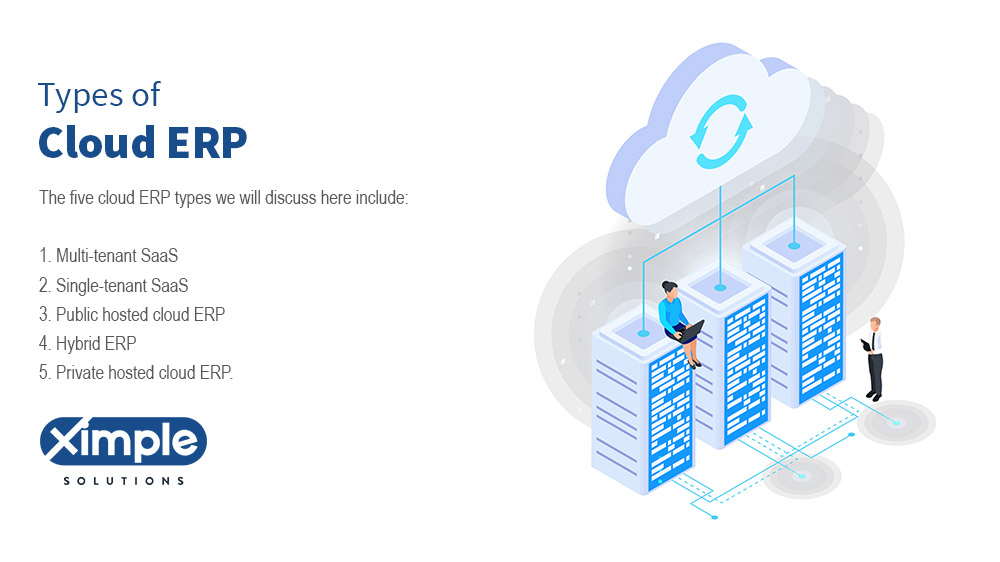
Types of Cloud ERP: Definition, Features, Benefits, and Challenges
The article, “Types of Cloud ERP” is for individuals or organizations considering using cloud ERP systems. It provides a comprehensive overview of five different types of cloud ERP deployments (Multi-tenant SaaS, Single-tenant SaaS, public-hosted cloud ERP, Hybrid ERP, and Private-hosted cloud ERP), including definitions, features, benefits, and challenges for each type. This information can help […]
Read More
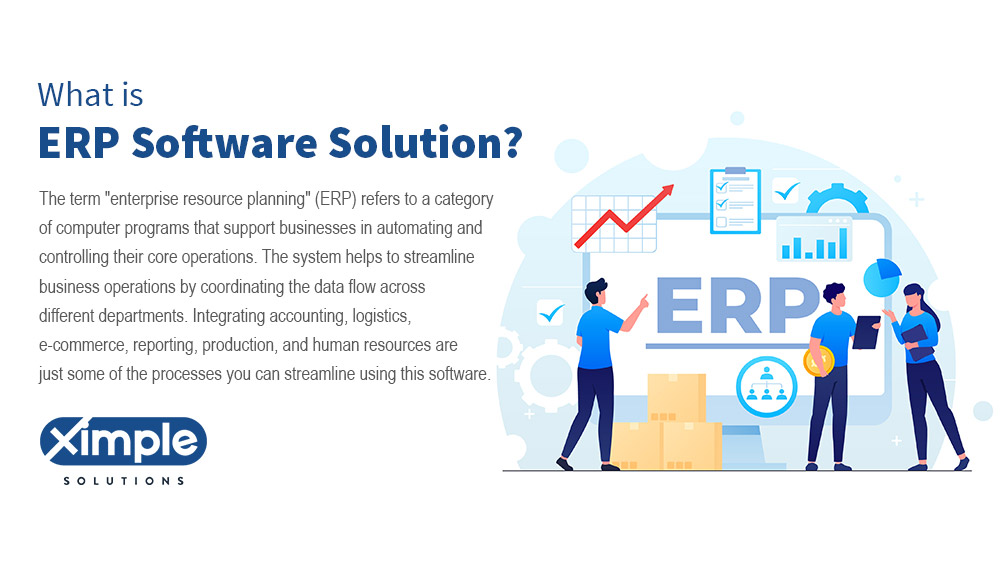
ERP Software Solution & Functions
This article is about ERP solutions and their importance for businesses. ERP, which stands for enterprise resource planning, is a category of computer programs that help businesses automate and control their core operations. The article discusses how ERP technology can help unify business operations and provide businesses with enterprise knowledge, speed, and flexibility to optimize […]
Read More
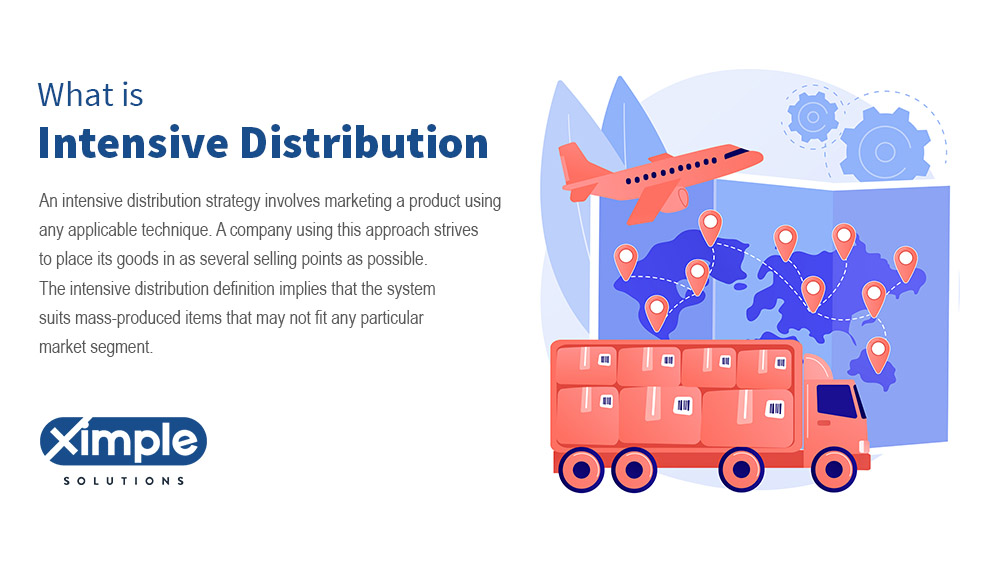
What Is Intensive Distribution? Strategies & Examples
This article is about Intensive Distribution, a distribution channel for delivering goods to as many customers as possible. It is a useful read for individuals or companies looking to learn about the concept of Intensive Distribution and how it can be applied to their business. The article covers topics such as what is Intensive Distribution, […]
Read More
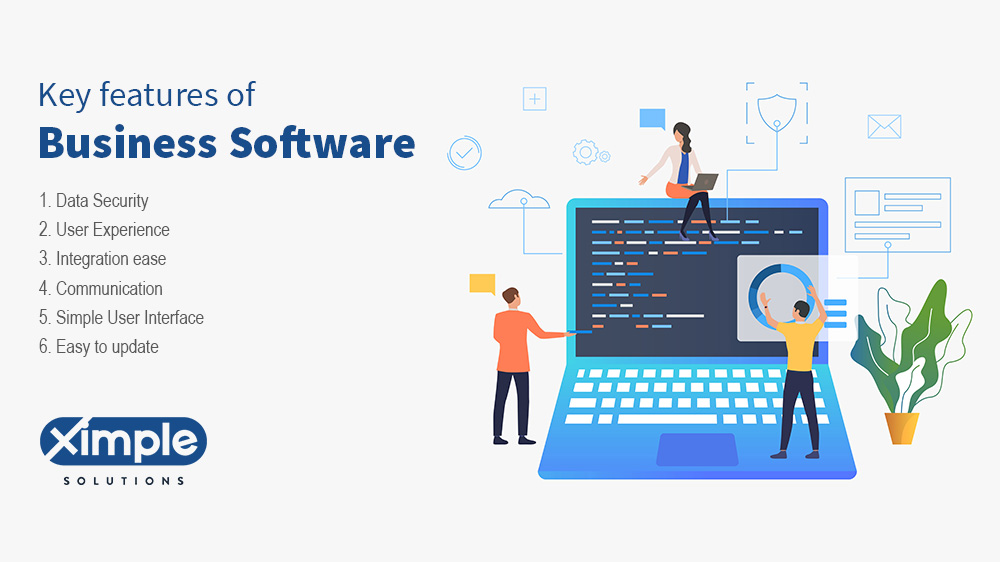
What is Business Software? Features & Deployment options
This article is ideal for business owners, managers, and professionals who are looking to improve their business processes through the use of software. The article discusses the key features of business software and deployment options, making it a useful resource for anyone considering implementing business software in their organization. The article also highlights common software […]
Read More
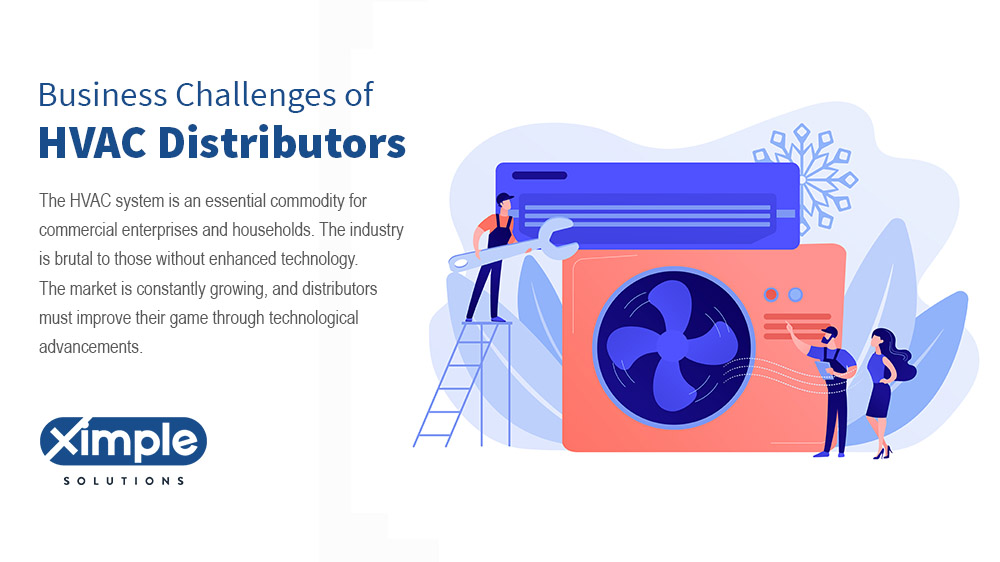
HVAC Software for Distributors
This article is primarily intended for HVAC distributors who are facing business challenges and want to improve their efficiency through technological advancements. It provides information on the benefits of ERP software for HVAC distributors and the specific features and criteria to consider when choosing an ERP system. It also covers the implementation process and the […]
Read More








